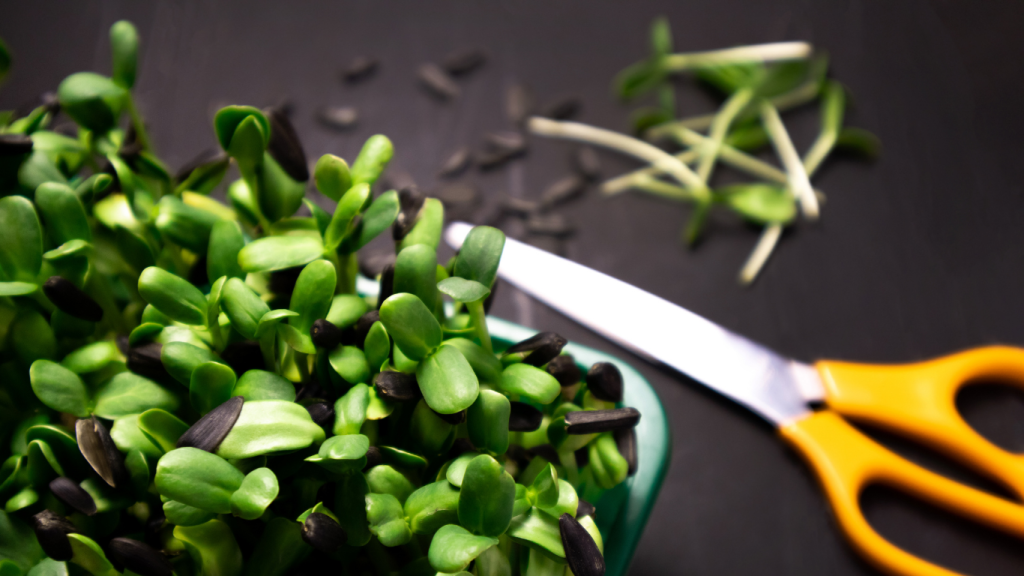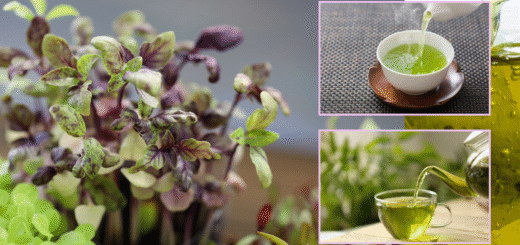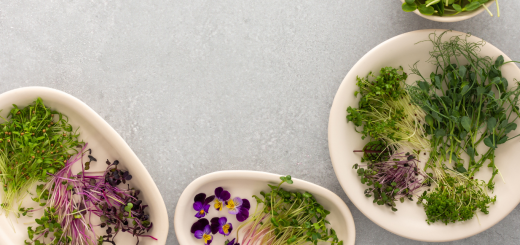Radish Microgreens: everything you need to know to grow them

Hello everyone! We’re continuing with our series where we explain how to grow different types of microgreens. In each post, we share their characteristics, step-by-step instructions, and some practical tips based on our experience.
Radish is one of the easiest and fastest microgreens to grow. Its flavor is strong, fresh, and slightly spicy, making it a perfect addition to salads, sandwiches, tacos, or as a gourmet garnish for your dishes. Plus, it germinates in just a few days, which is ideal if you want quick results.
What You’ll Need
• Radish seeds – You can easily find them in specialty stores or online. Common varieties are red radish, daikon, or watermelon radish.
• Growing trays – Flat and shallow, with and without drainage holes.
• Growing medium – Potting soil or coconut coir.
• Spray bottle or watering can
• Natural light or LED grow light – They grow stronger and more colorful with good lighting.
Step-by-Step Guide to Growing Radish Microgreens
- Prepare the tray
Clean it thoroughly before using, with water and soap if necessary. - Add the growing medium
Fill with an even layer of soil or coconut coir and moisten it. - Sow the seeds
Spread the radish seeds evenly over the surface. They don’t need to be covered with soil. - Initial watering
Use a spray bottle to gently moisten without displacing the seeds. - Darkness period
Cover the tray with another tray turned upside down or a piece of opaque cardboard for 2–3 days. - Light and ventilation
When you see the first sprouts (usually on the second day), uncover and place the tray in a spot with good natural light or under LED grow lights. - Keep it moist
Mist once or twice a day so the substrate never dries out completely. - Harvest
In just 7–10 days, your radish microgreens will be ready. Cut them with clean scissors just above the soil and they’re ready to enjoy.
And that’s it
Radish microgreens are not only visually appealing with their red stems and green leaves, but they’re also a nutritional powerhouse: they contain vitamins A, B, C, E, and K, plus calcium, iron, magnesium, and antioxidants. Perfect to add a fresh, spicy, and healthy touch to any dish.
Thanks for joining us on this green adventure! See you in the next article.
Carlota







